Apple’s latest iPhone operating system, iOS 26, introduced the “Liquid Glass” interface design — a translucent, glass-like aesthetic for menus, icons and overlays. With the release of the 26.1 beta, Apple added a toggle allowing users to switch between “Clear” (very transparent) and “Tinted” (less transparent) modes for Liquid Glass. With that change, testers asked: does reducing transparency via the “Tinted” option improve battery life?
A recent controlled test attempted to answer that question — and the results may surprise you.
The Setup: How the Battery Test Was Conducted
Testing was done on a flagship iPhone model under consistent conditions. The baseline settings remained fixed: light mode (not dark), 50 % screen brightness, True Tone and Night Shift off, and no screen-off timeout. Four testing scenarios were run:
- Liquid Glass set to Clear
- Liquid Glass set to Tinted
- Tinted mode + “Reduce Transparency” + “Increase Contrast” enabled
- Tinted mode + “Reduce Transparency” + “Increase Contrast” + “Reduce Motion” enabled
Each test lasted about 2.5 hours, with the same sequence of apps: 30 minutes TikTok, 30 minutes YouTube, 30 minutes Instagram, 30 minutes Safari browsing, 30 minutes Maps. For each segment, controller interactions (swipes, opens) were kept consistent. The iPhone’s battery health was near 100 % and ambient temperature remained stable.
The Findings: Transparency vs Battery Life
After compiling the results, the tester observed minimal differences among the four modes. The battery drain variation across the scenarios was within a few percentage points — far less than many expected. Specifically:
- Switching from Clear to Tinted did not yield a meaningful battery life gain.
- Activating “Reduce Transparency” and “Increase Contrast” gave marginal improvements in some segments (likely by simplifying UI rendering), but again nothing dramatic.
- The “Reduce Motion” setting added little further benefit in the context of this specific workload.
In short: the Liquid Glass toggle appears to primarily affect visual style, not significantly battery consumption — at least in the kind of mixed-use scenario tested.
Why the Impact Is So Modest
A few reasons help explain why the battery difference was small:
- Modern iPhones use highly efficient GPUs and display controllers. The cost of rendering the glass‐like interface is relatively minor compared to power draws from screen brightness, cellular data, and app processing.
- Many of the apps used during the test (TikTok, Instagram, YouTube) have their own heavy processing demands; the additional overhead of transparency effects is overshadowed.
- Even in Tinted mode, the underlying Liquid Glass rendering engine is still active; only visual parameters change. Therefore, the computational load remains similar.
- Battery life is often more influenced by background operations, app activity, display brightness, and network usage rather than UI theme rendering alone.
What This Means for Users
The key takeaway for iPhone users: if you’re curious about the new Liquid Glass setting, pick the appearance you prefer — Clear if you like strong transparency, Tinted if you prefer higher legibility — without fear that one mode is destroying your battery. The difference is negligible in everyday use.
That said, if battery endurance is your top concern, real gains will come from: lowering screen brightness, using WiFi instead of cellular when possible, managing background app refresh, and enabling Low Power Mode when needed. The UI appearance toggle won’t substitute for those core strategies.
Aesthetic vs. Efficiency: The Trade-Off
Apple’s decision to include the toggle shows responsiveness to user feedback. Some users found the original glass‐heavy “Clear” mode visually beautiful but harder to see in bright light or when icon contrast suffered. The “Tinted” option provides a more practical choice without promised battery benefits.
From a design perspective, this is a good example of balancing aesthetic innovation and usability. Apple evidently judged that the power cost of transparency was low enough to focus on style and user preference rather than major efficiency trade-offs.
Looking Ahead: Wider Implications
As Apple continues refining iOS 26.1 prior to global release, here are some angles to watch:
- Will Apple publish detailed data on how UI choices affect power usage? So far, transparency effects appear minimal, but deeper tests (e.g., long-term standby, heavy game load) could reveal more subtle differences.
- Will third-party apps fully leverage or ignore the Liquid Glass styling? If app developers ignore the glass effects, the impact (visual and battery) may vary across the ecosystem.
- Will Apple introduce additional modes (e.g., a dedicated high-efficiency UI mode) that could yield larger battery gains?
- How will users respond? While some may prefer the “look” of Clear mode, accessibility and legibility concerns may push more users toward the Tinted setting.
Final Word
If you’ve been wondering whether toggling the new Liquid Glass setting in iOS 26.1 will extend your iPhone’s battery life — the answer is: only marginally, if at all. Choosing between “Clear” and “Tinted” is more about personal taste and readability than energy savings.
In the end, the real battery savers remain your screen brightness, app usage, and connectivity habits. But now you can customise your interface style without worrying about major battery consequences.

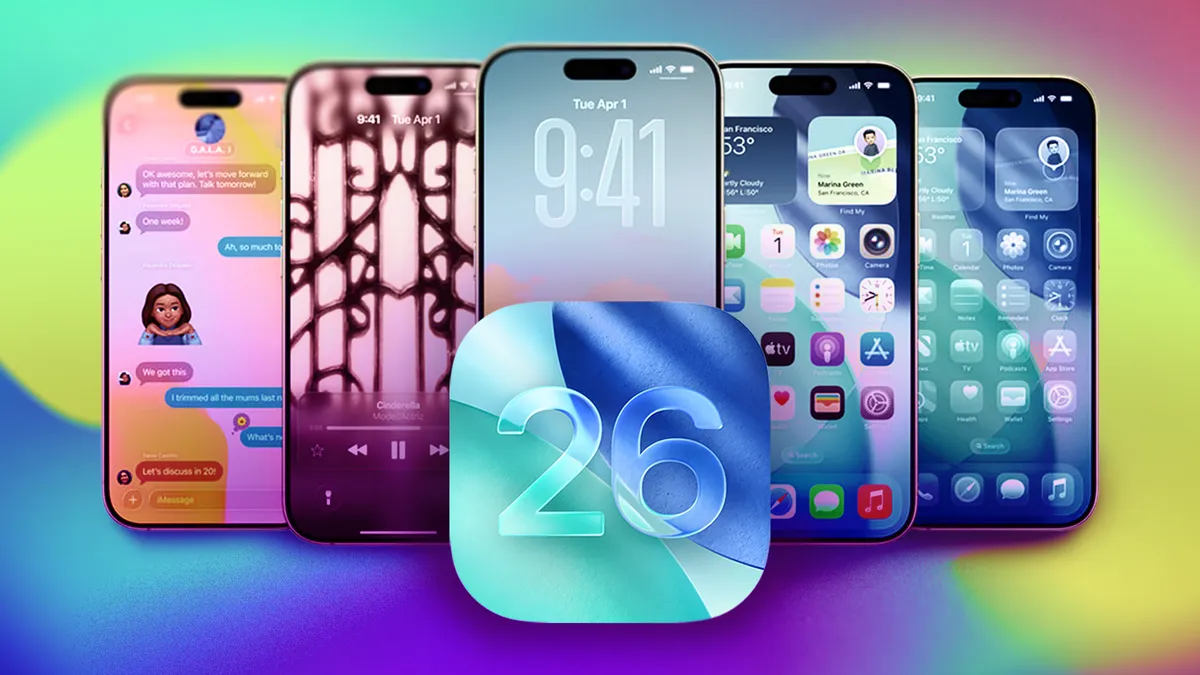

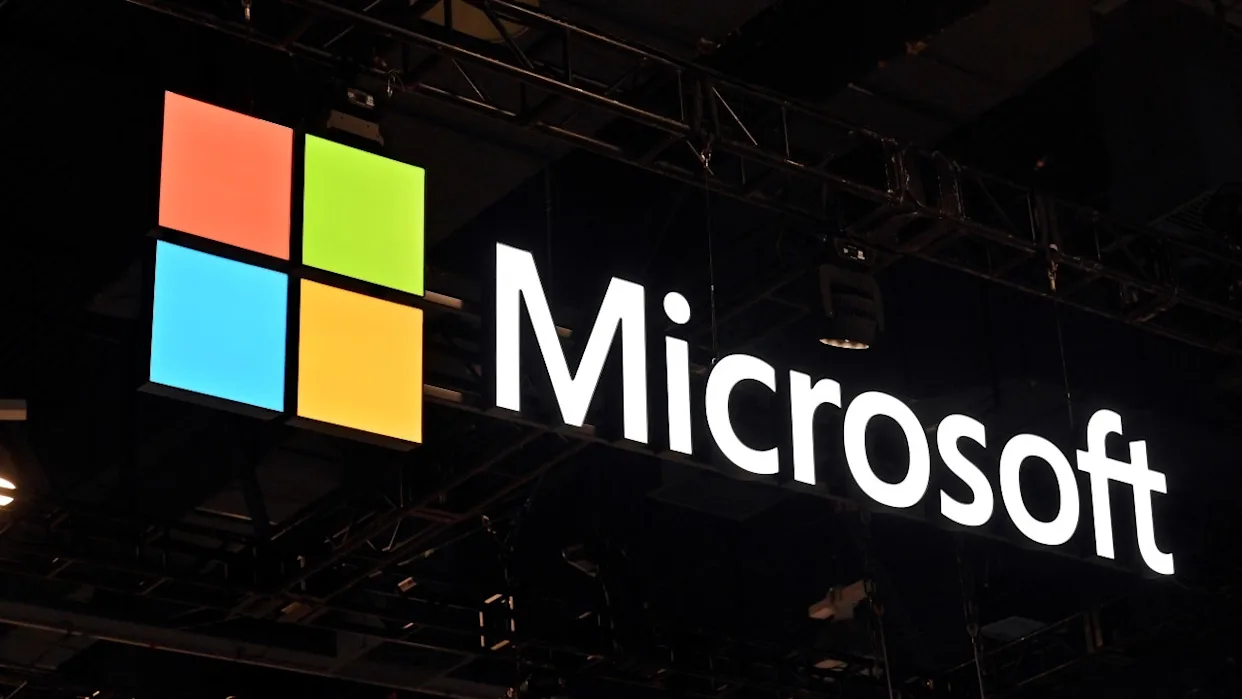



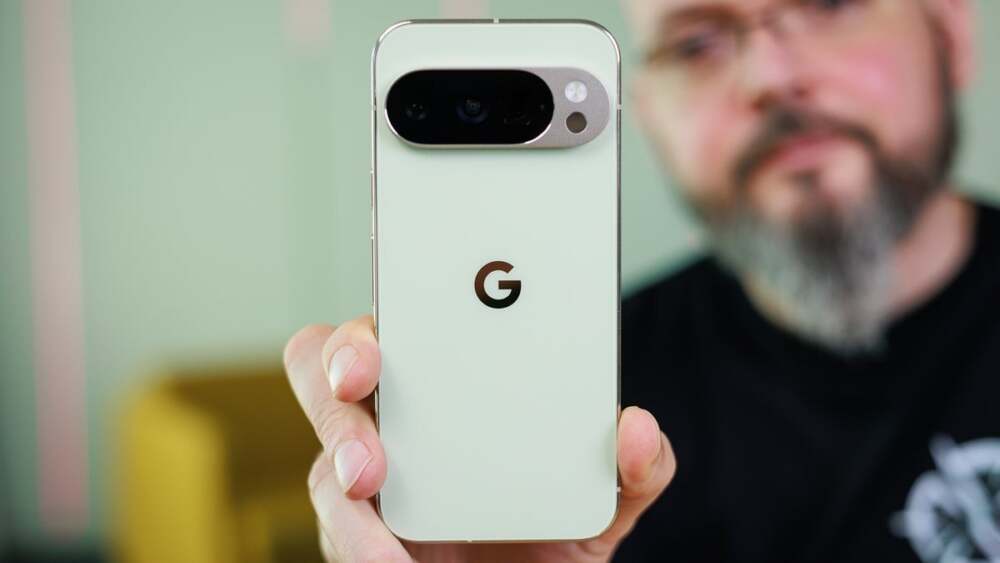

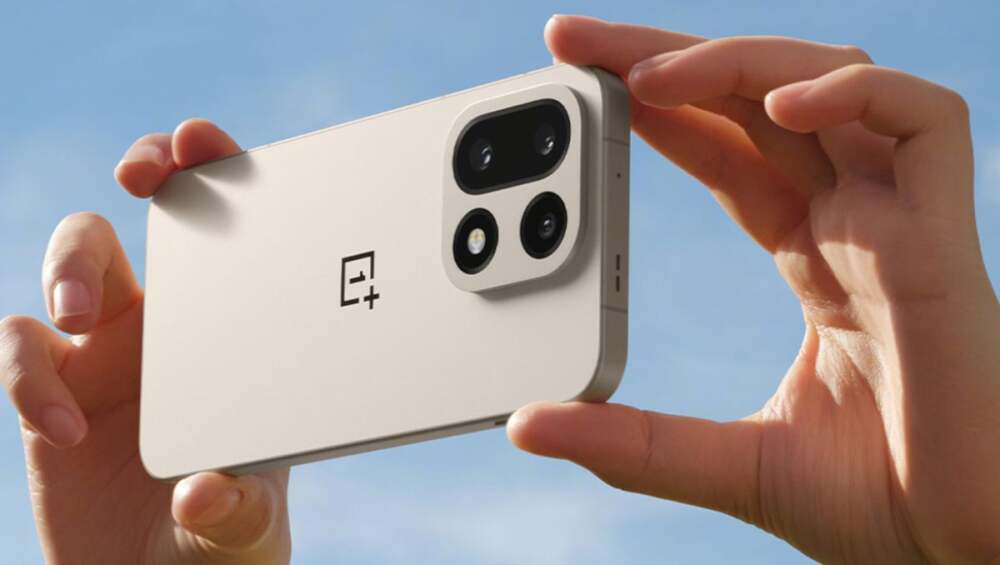
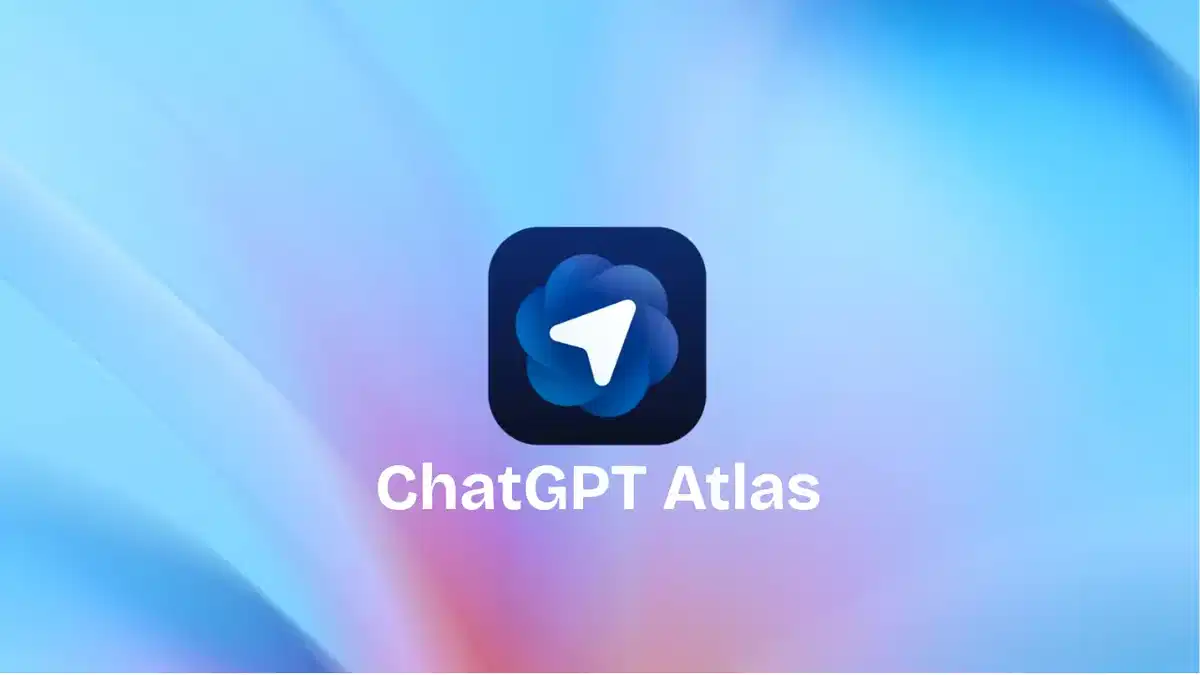
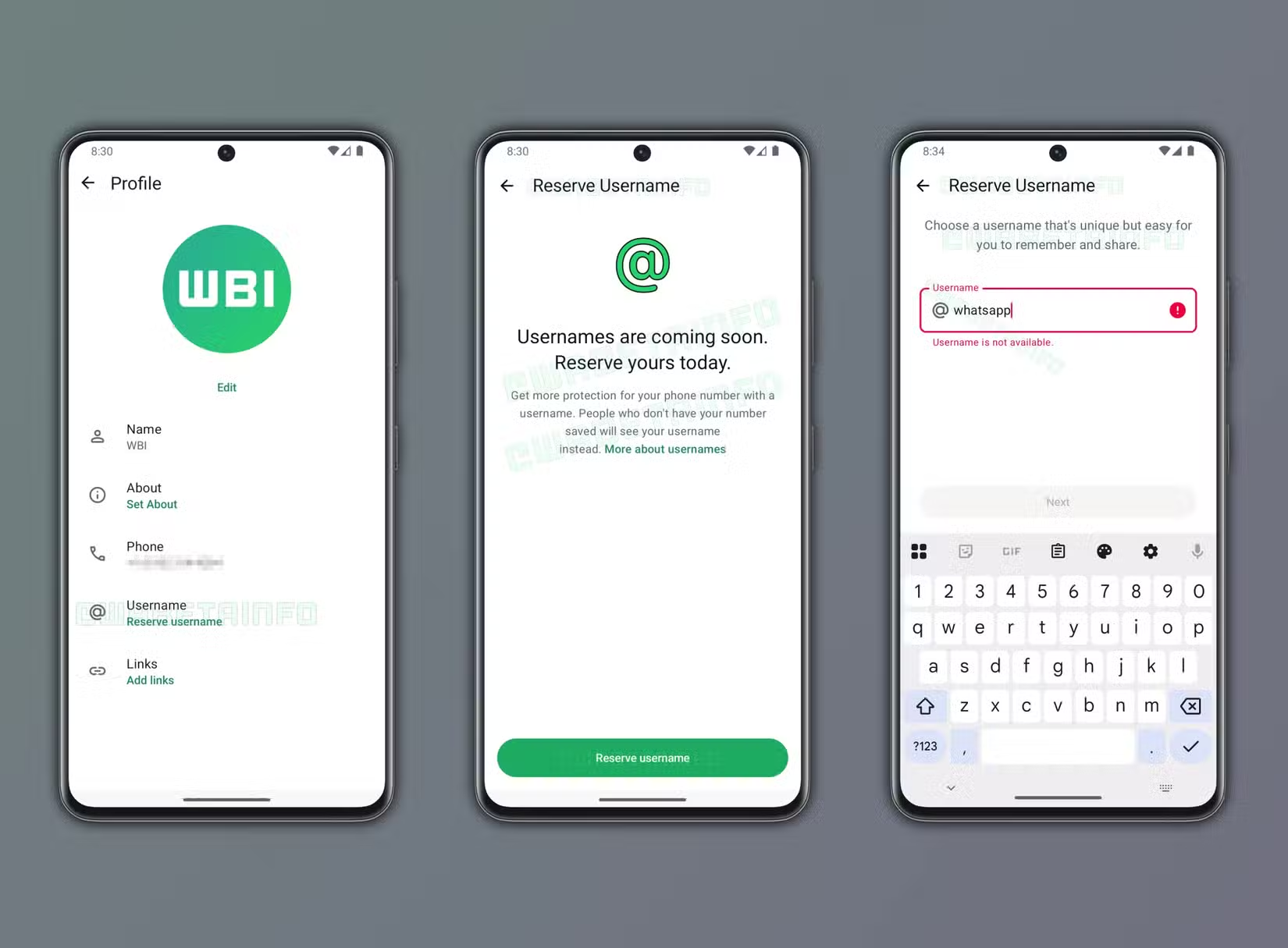




Leave a Reply